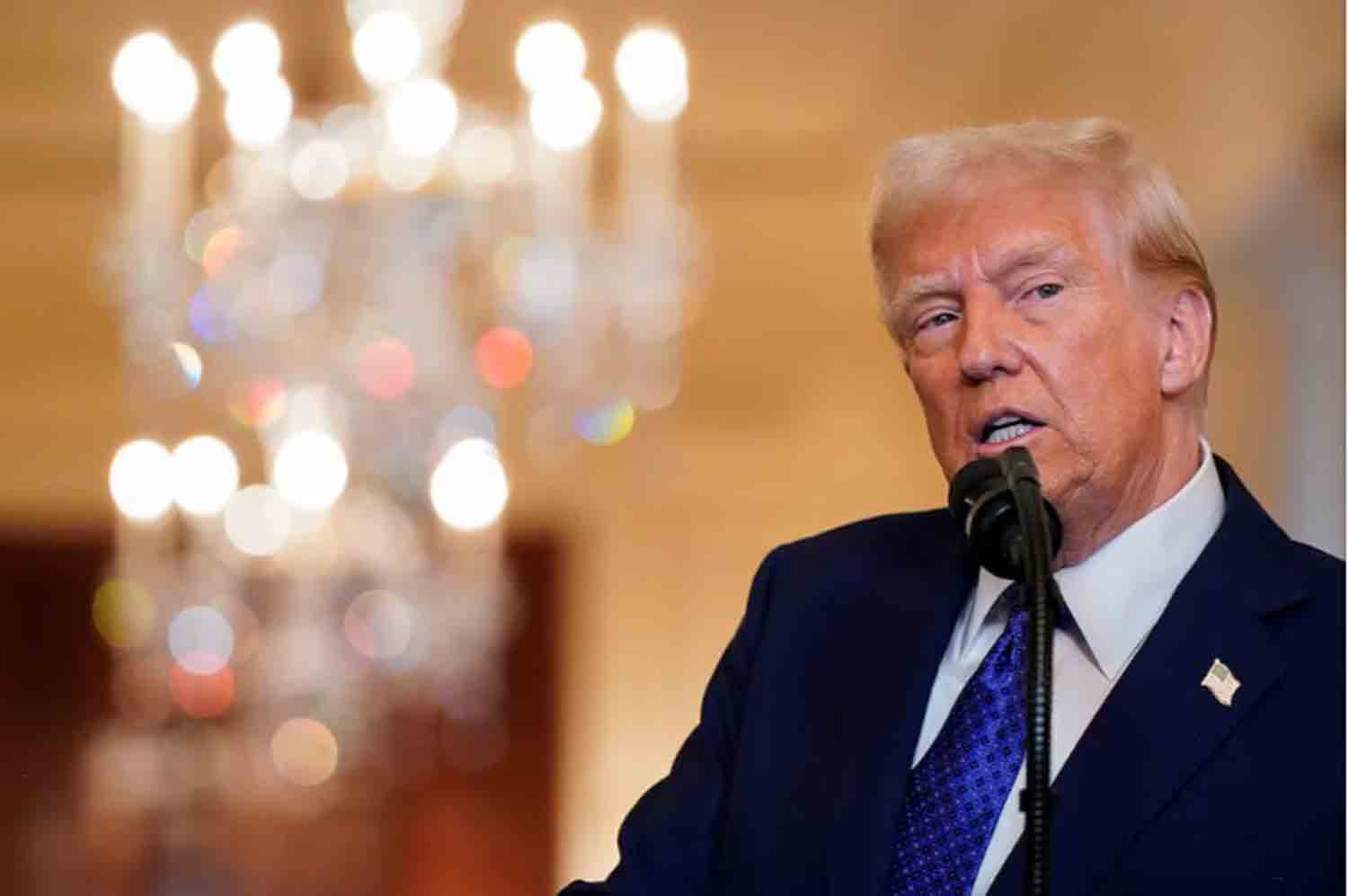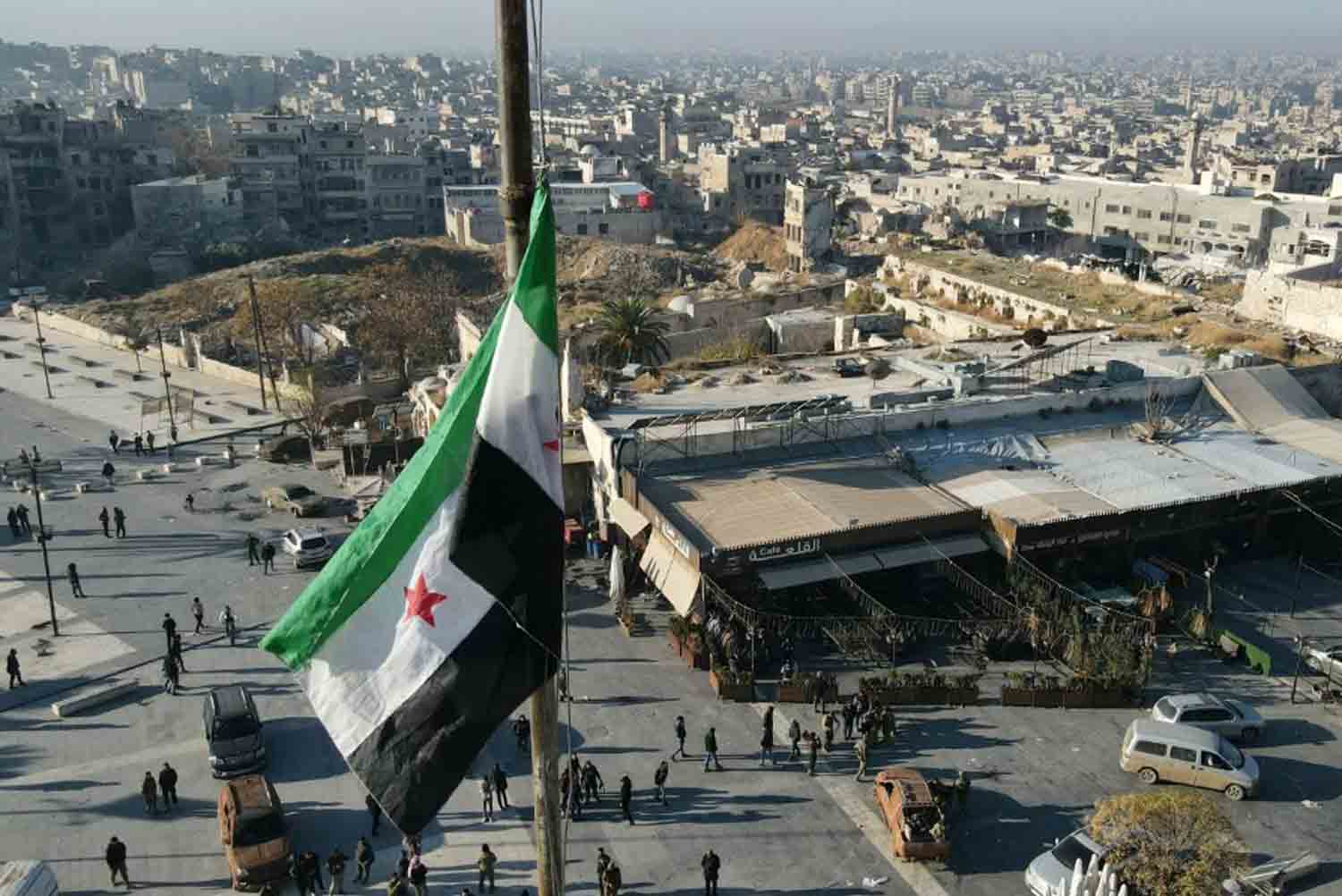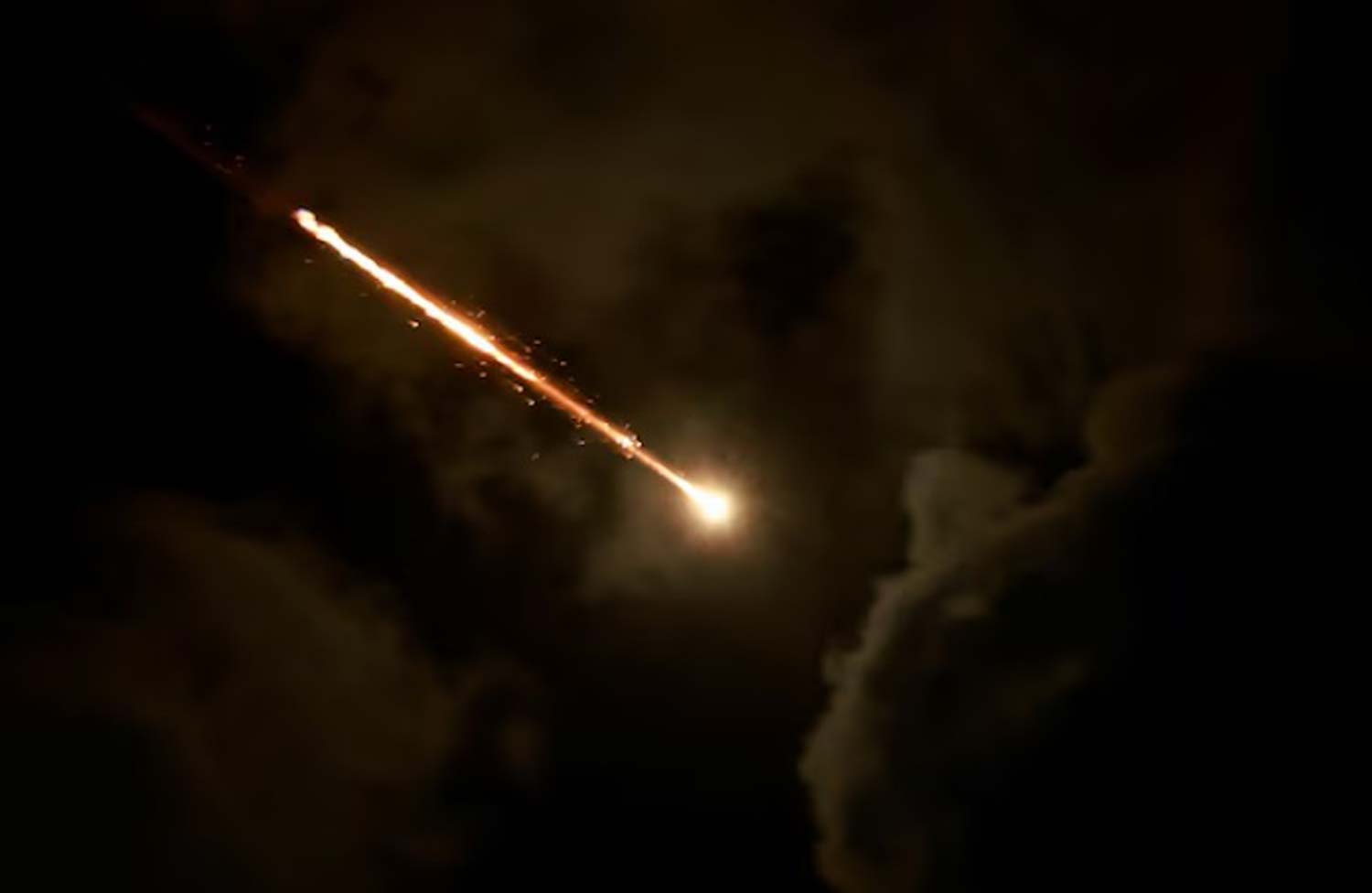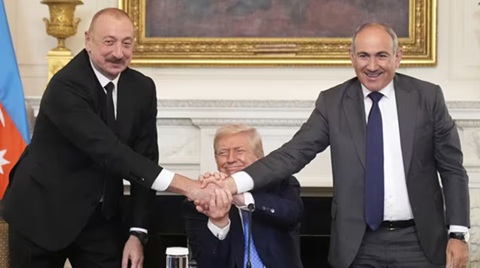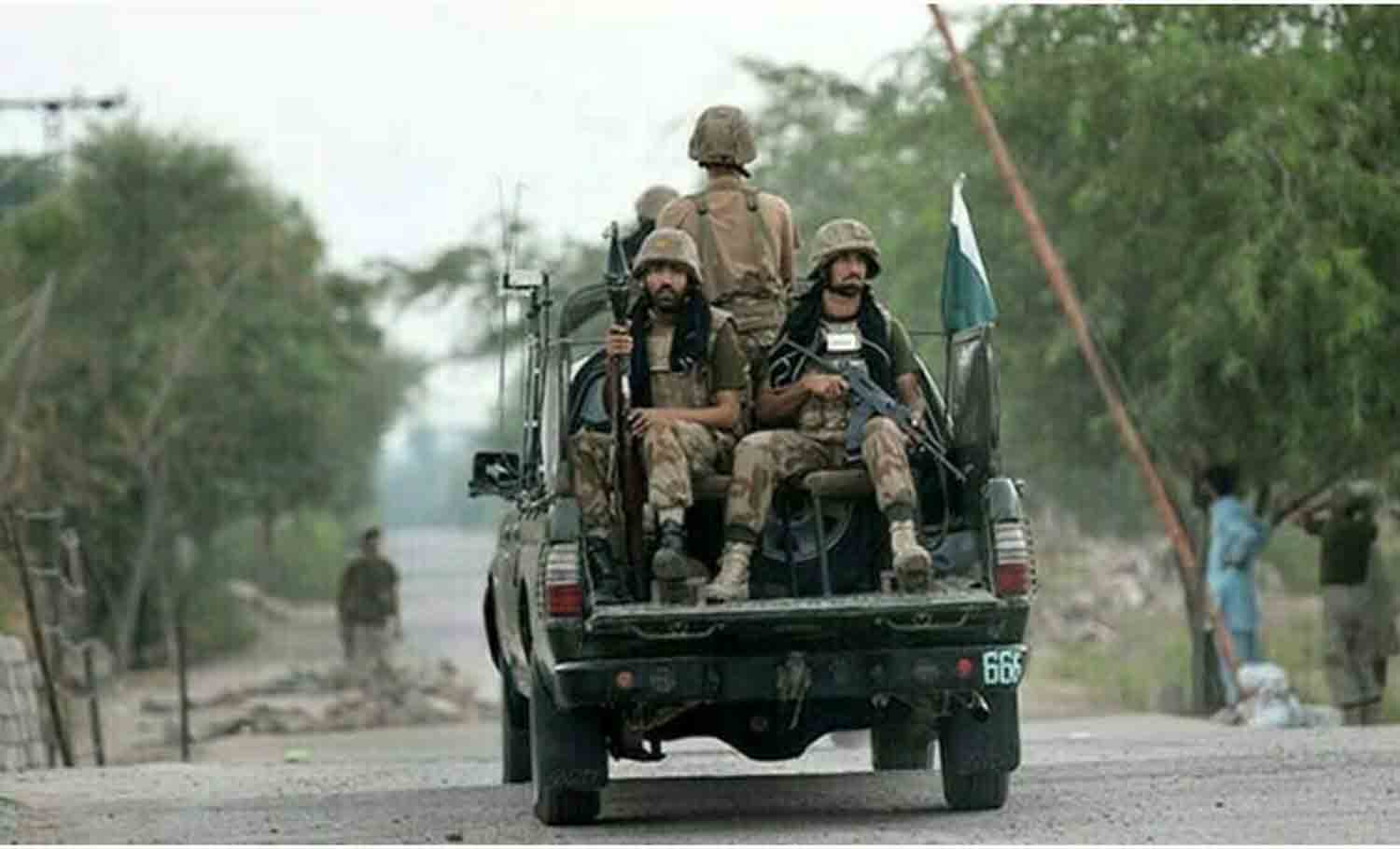In a rapidly evolving South Asian security landscape, India’s potential acquisition of Russia’s fifth-generation Su-57 fighter jet and Pakistan’s reported deal for China’s J-35 stealth fighter are poised to reshape regional power dynamics. These developments, set against the backdrop of deepening China-Pakistan defense ties and India’s strategic balancing act, carry profound geopolitical implications.
India’s Su-57 Consideration: A Strategic Pivot
India’s interest in the Russian Su-57, a stealth-capable, multirole fighter, comes as a response to regional threats and delays in its indigenous Advanced Medium Combat Aircraft (AMCA) program, which is not expected to be operational until the mid-2030s. The Su-57, offered with full technology transfer and co-production, aligns with India’s “Atmanirbhar Bharat” initiative for self-reliance in defense.
Its compatibility with India’s Russian-heavy air fleet, including the Su-30 MKI, and the ability to integrate indigenous missiles like the Astra and Rudram, make it an attractive interim solution. The deal’s appeal is further enhanced by Russia’s reported willingness to provide source code access, enabling India to customize the platform and advance its own fifth-generation fighter development.
However, the Su-57’s acquisition is not without challenges. Concerns over its reliability, Russia’s constrained production capacity due to Western sanctions, and servicing issues with existing Russian platforms like the Su-30 MKI could deter India. Moreover, the Su-57’s stealth capabilities, while advanced, are considered less robust than those of the U.S. F-35, raising questions about its long-term viability against emerging threats.
U.S. Reaction to India’s Su-57 Move
The United States is likely to view India’s potential Su-57 acquisition with concern, as it signals a continued reliance on Russian military hardware at a time when Washington is pushing New Delhi to align with Western defense systems. The U.S. has actively promoted the F-35 as an alternative, but India’s rejection of this offer—citing strategic autonomy and the F-35’s restrictive technology-sharing policies—has strained bilateral ties.
U.S. officials, such as Commerce Secretary Howard Lutnick, have previously urged India to reduce its military purchases from Russia, reflecting Washington’s broader strategy to counter Moscow’s influence in Asia.
A U.S. response could include diplomatic pressure, such as warnings about India’s role in the Quad (U.S., India, Japan, Australia) or its alignment in the Indo-Pacific strategy to counter China. Economic measures, like the 25% tariffs reportedly influencing India’s Su-57 consideration, could escalate tensions. However, the U.S. is likely to avoid harsh measures like sanctions under the Countering America’s Adversaries Through Sanctions Act (CAATSA), as it did with India’s S-400 purchase, given India’s critical role as a counterweight to China. Instead, Washington may push for increased defense cooperation, offering alternative systems like advanced air defense platforms or joint production of less sensitive technologies to maintain influence.
Security concerns also loom large. The U.S. fears that integrating Russian systems like the Su-57 could compromise interoperability with Western platforms and risk intelligence leaks, particularly if India seeks to combine Russian and U.S. technologies. This could further delay or derail potential F-35 sales, as Washington remains cautious about sharing sensitive technology with nations operating Russian hardware.
Pakistan’s J-35 Deal: China’s Strategic Gambit
Parallel to India’s Su-57 deliberations, Pakistan’s reported acquisition of 40 Chinese J-35 stealth fighters marks a significant leap in its airpower capabilities. The J-35, developed by Shenyang Aircraft Corporation, is a fifth-generation multirole fighter with advanced stealth, AESA radar, and compatibility with long-range PL-15 and PL-17 missiles. Reports indicate that Pakistan’s deal, potentially accelerated for delivery as early as August 2025, is backed by Chinese financial incentives, including a 50% discount, reflecting Beijing’s strategic intent to bolster Islamabad as a counterweight to India. Pakistani pilots are already training in China, signaling a fast-tracked integration process.
However, recent reports suggest uncertainty, with Pakistan’s Defense Minister Khawaja Asif dismissing the J-35 deal as “media speculation” on August 12, 2025. This denial contrasts with earlier confirmations from Pakistani officials and reports of pilot training, raising questions about economic constraints or a strategic pivot toward U.S. systems like the F-16 Block 70.
Pakistan’s economic challenges, compounded by IMF loan conditions، may have prompted this hesitation. Despite this, the prevailing sentiment on X and defense analyses suggest the deal remains likely, with China’s commitment to Pakistan’s airpower modernization undeterred.
China’s role in this deal is a calculated move to challenge India’s regional dominance and cement its influence in South Asia. By equipping Pakistan with the J-35, Beijing not only enhances its ally’s deterrence but also positions the J-35 as a competitive alternative to Western fighters in the global arms market. This marks China’s first export of a fifth-generation fighter, signaling its ambition to rival U.S. and Russian dominance in advanced military aviation.
Geopolitical Implications
The simultaneous pursuit of the Su-57 by India and the J-35 by Pakistan underscores a deepening arms race in South Asia, with significant implications for regional stability and global alignments.
1. South Asian Arms Race:
– Pakistan’s J-35 acquisition, if finalized, would give it a 12-14 year advantage in stealth capabilities over India, which lacks a fifth-generation fighter until the AMCA’s induction. The J-35’s low radar cross-section (reportedly 0.001 square meters, comparable to the F-35) and networked warfare capabilities could challenge India’s air superiority, particularly in beyond-visual-range combat. India’s current fleet, including Rafale and Su-30 MKI, lacks stealth, making it vulnerable to the J-35’s first-strike potential.
– India’s potential Su-57 acquisition would counter this threat. However, the Su-57’s higher radar cross-section compared to the J-35 or F-35 could limit its effectiveness in contested environments. The deal would also strengthen India-Russia ties, ensuring continued access to Russian technology and support amid Western sanctions.
2. China-Pakistan Strategic Alignment:
– The J-35 deal reflects China’s broader strategy to pressure India on multiple fronts, leveraging Pakistan to dilute India’s air superiority. This aligns with China’s growing J-20 fleet (approximately 300 units) and its development of sixth-generation fighters, signaling a long-term challenge to India’s northern and western borders.
– Reports suggest that China’s support for Pakistan is part of a broader geopolitical strategy, potentially exploiting tensions between India and the U.S. over tariffs and defense alignments. However, these claims remain inconclusive, and China’s primary aim appears to be countering India’s partnerships with the U.S. and France.
3. U.S.-India Relations and the Quad:
– India’s Su-57 move could strain U.S.-India relations, as it signals a preference for Russian over Western systems. This may weaken the Quad’s cohesion, as the U.S. seeks a unified front against China. However, India’s strategic autonomy ensures it will continue engaging with the U.S. to balance China, potentially through joint exercises or alternative defense deals.
– The U.S. may respond by offering advanced air defense systems or accelerating technology transfers to India, aiming to offset the J-35 threat and maintain influence in New Delhi.
4. India’s Defense Self-Reliance:
– The Su-57’s technology transfer would accelerate India’s AMCA program, fostering indigenous capabilities in stealth, radar, and avionics. This aligns with India’s goal of becoming a global aerospace power, potentially enabling future exports of AMCA components. In contrast, the J-35 deal offers Pakistan limited industrial benefits.
– India’s response to the J-35 threat may also include upgrading its Rafale and Su-30 MKI fleets, enhancing air defense systems like the S-400, and expanding space-based surveillance to counter stealth aircraft.
5. Regional Stability and Global Arms Market:
– The J-35 and Su-57 acquisitions could escalate tensions, potentially triggering a regional arms race.
– Globally, China’s J-35 export and Russia’s Su-57 offer challenge U.S. dominance in the fifth-generation fighter market. China’s discounted deal and Russia’s technology transfer set precedents that could attract other non-aligned nations, reshaping global defense alignments.
Conclusion
India’s potential acquisition of the Su-57 and Pakistan’s reported J-35 deal represent a critical juncture in South Asia’s geopolitical landscape. The U.S. is likely to respond with diplomatic and economic pressure to steer India toward Western systems, while avoiding severe measures to preserve the strategic partnership.
Pakistan’s J-35 acquisition, backed by China, threatens India’s air superiority, prompting New Delhi to counter with the Su-57 and accelerated indigenous programs. The interplay of these developments underscores a broader contest between U.S., Russian, and Chinese influence in the region with India and Pakistan as key players in a high-stakes arms race.



